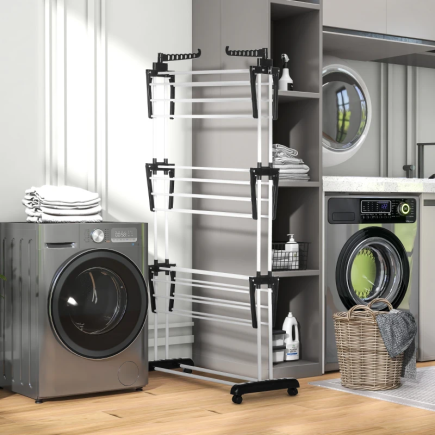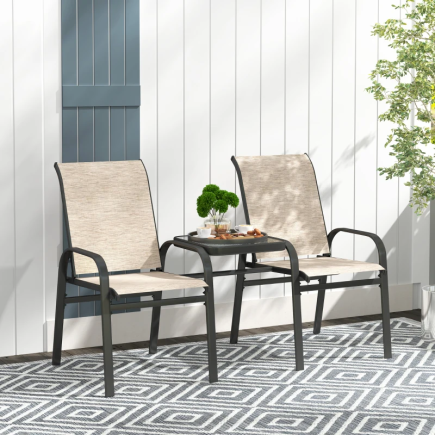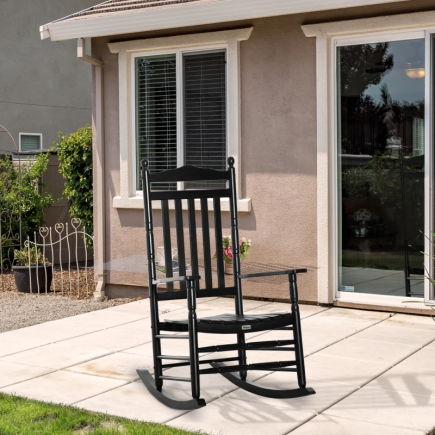Mini fridge freezers are a common appliance in many homes, especially in small apartments, dorms, and offices. However, one major drawback of these compact fridges is ice buildup in the freezer section. If left unchecked, this ice buildup can cause a range of problems, including reduced efficiency, higher energy bills, and eventually, a shorter lifespan of the appliance.

Preventing ice buildup in your mini fridge freezer not only helps maintain efficiency, but it can also save you money and prevent frequent defrosting sessions. By taking simple measures and performing regular maintenance, you can keep your mini fridge running smoothly and efficiently for years.
Step-by-Step Guide to Prevent Ice Buildup
Now that we’ve identified the causes, here’s a practical guide to preventing ice buildup in your mini fridge freezer.
Step 1: Set the Correct Temperature
To prevent ice formation, it’s crucial to maintain the right temperature in both the fridge and freezer compartments. The ideal freezer temperature is -18°C (0°F), and the fridge should be set to 4°C (40°F). Setting the freezer any lower than this can encourage excess ice buildup, while a higher setting may cause food to thaw, leading to spoilage and moisture that will freeze. By keeping these temperatures consistent, you reduce the chances of ice forming.

Pro Tip: Use a fridge/freezer thermometer to regularly monitor the temperatures and ensure they stay within the optimal range.
Step 2: Inspect and Replace Broken Door Seals
Inspecting and replacing worn-out door seals is another essential step in preventing ice buildup. The seals help maintain a consistent temperature by preventing warm air from entering the fridge. If your door seals are damaged, cold air escapes, and humid air enters, increasing the moisture that will freeze.

How to Check the Seals:
- Close the fridge door on a piece of paper or a dollar bill.
- If you can easily pull the paper out, the seal is not tight enough and needs to be replaced.
Replacing door seals is relatively inexpensive and straightforward, and it can make a huge difference in the efficiency of your fridge.
Step 3: Regular Defrosting
Over time, ice will accumulate in the freezer, even with the best precautions. Regular defrosting is necessary to keep the fridge running efficiently and prevent thick layers of ice from building up. You should defrost your mini fridge every 3 to 6 months, depending on usage.

How to Defrost:
- Unplug the fridge to ensure safety.
- Remove all food and place towels or containers around the freezer to catch melting water.
- Leave the door open to let the ice melt naturally. You can also use a hairdryer on low heat to speed up the process.
- Clean the fridge interior before reconnecting the power.
Regular defrosting ensures that the fridge doesn’t have to work harder to maintain a cold temperature, improving energy efficiency.
Step 4: Organize Food to Reduce Moisture
When you put food into the freezer, make sure it’s cooled to room temperature. Placing warm or hot food directly into the freezer increases the moisture in the air, which can freeze over time. Store food in airtight containers or freezer bags to prevent moisture from escaping and freezing inside the fridge.

Tip: Avoid overloading the fridge or freezer. When food is packed tightly, it restricts airflow and can result in uneven cooling, leading to ice buildup.
What Causes Ice Buildup in Mini Fridges?
To understand how to prevent ice buildup, it’s essential to first know why it happens in the first place. Several factors contribute to the formation of ice in mini fridge freezers.
1. Temperature Fluctuations and Incorrect Settings
Improper temperature settings are one of the leading causes of ice formation. Freezers that are set too low cause the air inside the compartment to become excessively cold, which leads to moisture in the air freezing. Ideally, your freezer should be set to -18°C (0°F), as this is the optimal temperature for keeping food frozen without encouraging excess ice buildup. Setting the fridge temperature too low also forces the appliance to work harder, using more energy and contributing to the ice accumulation process.
2. Faulty Door Seals
The door seals of your mini fridge are crucial in maintaining a constant, cold temperature inside. If the seals are cracked, torn, or simply not sealing properly, warm air from outside can seep into the fridge. This warm, humid air increases moisture levels inside the appliance, which eventually freezes, leading to ice buildup. Even small gaps in the seals can result in significant moisture intrusion over time.
3. Humidity and Moisture
Humidity is one of the key contributors to ice buildup. If the air inside the fridge is too moist, the moisture will freeze when it comes into contact with cold surfaces. This can happen if you store warm food in the freezer or if the fridge is located in a very humid room. Additionally, every time the fridge door is opened, humidity from the surrounding environment enters, which accelerates the ice formation process.
Practical Maintenance Tips for Long-Term Prevention
To keep your fridge freezer in top shape for the long run, consider the following maintenance tips:
- Clean the Fridge and Freezer Regularly
Dust and dirt can accumulate on the coils and inside the fridge. Clean the interior and exterior every few months to maintain efficiency. Use a damp cloth and mild soap to wipe the inside, and vacuum the coils to remove dust buildup.
- Ensure Proper Airflow
Keep the fridge and freezer well-ventilated. Make sure there’s sufficient space around the appliance for proper airflow. Overcrowding restricts airflow and can lead to uneven cooling.
- Check Door Seals and Temperature
Every month, check the seals and adjust the temperature if necessary to maintain optimal conditions.
Common Mistakes That Lead to Ice Buildup
Avoid these common mistakes to keep your fridge freezer functioning at its best:
- Setting the Temperature Too Low: Setting the freezer temperature too low can cause excess ice. Stick to -18°C (0°F) for best results.
- Overloading the Freezer: Stuffing the freezer with too many items reduces airflow, leading to uneven cooling and ice formation. Give your freezer space to breathe.
- Neglecting to Maintain the Seals: Failing to replace damaged seals allows warm, moist air to enter, which accelerates ice formation.
Best Products to Help Prevent Ice Buildup
Here’s a table with some useful products to help keep your mini fridge freezer ice-free:
| Product | Purpose | Benefits |
| Anti-Ice Buildup Sprays | Prevent ice formation | Quick and easy to apply, lasts for months |
| Moisture-Absorbing Bags | Absorb moisture from the air | Keeps humidity low, preventing ice buildup |
| Defrosting Tray | Accelerates defrosting | Saves time, prevents water spills |
| Fridge Freezer Thermometer | Monitor and maintain temperature | Ensures your fridge/freezer is at the right temperature |
Troubleshooting: What to Do If Ice Buildup Persists
If you’ve followed the steps and ice continues to form, it’s time to troubleshoot:
- Check the Thermostat: If the thermostat is malfunctioning, the fridge could be too cold, causing excess ice.
- Defrost Heater Malfunction: The defrosting system may be broken, causing ice to build up faster than it can be removed.
- Professional Help: If the issue persists, contact a professional to inspect and repair the appliance.
By identifying what causes ice buildup and applying the practical tips in this guide, you can keep your mini fridge freezer performing at its best. From maintaining the right temperature to inspecting door seals and defrosting regularly, these steps make a big difference.
Mini fridge freezers, like many Small Kitchen Appliances, work best with a little routine care. Preventing ice buildup not only boosts efficiency but also helps you save energy and extend the lifespan of your appliance. With consistent maintenance, your mini fridge freezer can stay ice-free and functional for years to come.
FAQs
1. Can the position of the fridge shelves impact ice buildup?
Yes. Improperly placed shelves can block air vents, leading to poor airflow and areas where ice is more likely to accumulate.
2. What’s the risk of ignoring minor ice buildup for too long?
Even small patches of ice can grow quickly and strain the appliance, leading to inefficient cooling, higher energy costs, and potential damage.
3. Does frequent door opening contribute to faster ice buildup?
Absolutely. Every time you open the door, warm, moist air gets inside, and repeated exposure speeds up ice formation.























